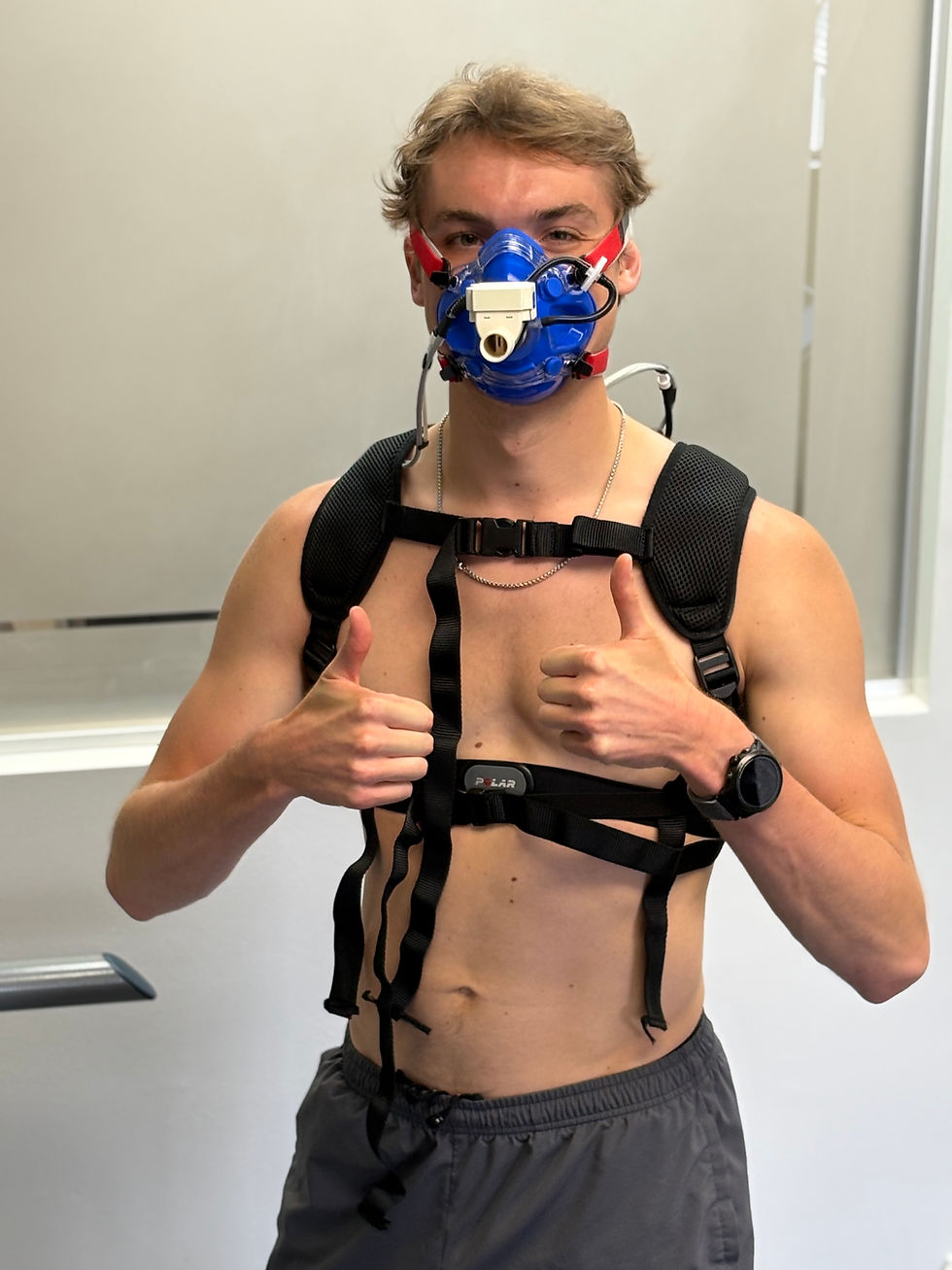Master Your Endurance Training
- Dr. Scott Christie

- Aug 1
- 4 min read
How to Balance Heart Rate, Pace, and Perceived Effort
I hear this question a lot: “Should I train by heart rate, pace, or feel?”
It’s a great question, but a better one might be: “How can I be sure my body is getting the right kind of training?” Because that’s the real goal. It’s not just about numbers or stats, it’s about training smart, in a way that truly meets your body’s needs.
The reality is, heart rate, pace, and feel all have value. Each one offers a unique perspective. The real magic comes from knowing when to rely on which and more importantly, how to align them with your individual physiology.
That last part? It’s everything. Without proper assessment, you’re just guessing. And when you guess, you risk falling into the trap of undertraining or pushing too hard. Neither will take you where you want to go.

Heart Rate: A Window Into Internal Load
Heart rate is like a window into what’s happening inside your body. It doesn’t tell you how fast you’re moving, it tells you how hard your body is working to keep up. It’s your internal workload, the behind-the-scenes effort your heart and lungs are putting in.
This makes it incredibly useful, especially during those slower, steady aerobic runs, recovery days, or when you’re building endurance. Want to burn fat more efficiently, boost your heart’s strength, and improve how your cells produce energy? That happens in the lower heart rate zones, the unsung heroes of training where real progress takes root.
Bonus: training this way doesn’t just make you fitter. It helps you sleep deeper, recover faster, and feel calmer overall. It gives your nervous system the reset it often needs.
That said, heart rate isn’t foolproof. It can swing based on sleep, hydration, stress, even your morning coffee. That’s why it’s so important to work with accurate thresholds, not one-size-fits-all formulas. When your heart rate zones are based on real data, they become powerful tools rather than vague guesses.
Pace: External Output, Not Internal Stress
Pace is the simplest feedback tool there is. It tells you how fast you’re moving, your external output. It’s especially useful when you’re sharpening for a race, running intervals, or trying to dial in your form and efficiency.
Training at specific paces can do wonders. It helps groove your stride and improve your running economy. Over time, you’ll use less oxygen at the same speed, which means you’re getting more out of every step. Plus, it applies the right kind of stress to your muscles, joints, and tendons, helping you build strength and durability when used wisely.
But pace doesn’t always tell the whole story. It doesn’t know if it’s hot out, or windy, or if you didn’t sleep well the night before. It won’t adjust for terrain or stress or how tired you feel. If you’re locked into pace alone, you could be pushing too hard when your body needs something different.
That’s why knowing your threshold paces is a game-changer. Without testing, you're just guessing, plugging effort into numbers that might not match how your body actually works.
Feel: The Most Underrated Training Tool
Feel often gets brushed aside because it’s not something your watch can measure. But in reality, it might be your most honest, most intuitive training guide.
Feel is everything rolled into one: your breathing, muscle fatigue, hydration levels, stress, terrain, weather, even your mood. When you’re really tuned in, your body can give you a clear sense of what zone you're in and how sustainable your effort actually is.
Learning to train by feel takes practice. A lot of runners get so wrapped up in the data that they stop paying attention to their own internal cues. But once you start listening to your body and checking in with it, maybe glancing at pace or heart rate just to confirm you begin to make smarter, more informed choices. You avoid burning out, and you race with more confidence because you’ve learned to adjust on the fly.
And maybe the best part? Training becomes more enjoyable. You’re no longer chasing numbers, you’re working with your body, not against it.
Why Testing Matters
Everything clicks into place when you understand your own physiology, not a formula, not an online calculator, but your actual numbers.
A proper assessment reveals your aerobic and anaerobic thresholds, shows how your body uses fuel at different intensities, and helps you connect heart rate and pace with real metabolic data.
Once you have that, you’re no longer guessing. You can train by heart rate, pace, or feel with purpose and clarity. You avoid falling into that murky “grey zone” where nothing really improves, and instead, every session becomes a step forward. You recover better, avoid overtraining, and line up on race day with real confidence.
My Final Thoughts
Heart rate, pace, and feel aren’t rivals - they’re a team. Each one offers a different perspective on the same effort.
Use heart rate when you want to manage internal load. Use pace to develop your stride and efficiency. Use feel to navigate the ups and downs of life and adapt your training when things don’t go as planned.
But start with testing. Get to know your body, your thresholds, your unique response to effort. When you train with that kind of clarity and intention, you make better decisions, avoid setbacks, and build lasting progress.
Because in the end, it’s not about hitting a perfect number. It’s about finding the right effort. And when you do, everything starts to click with your performance, your mindset, and your love for the run.



Comments